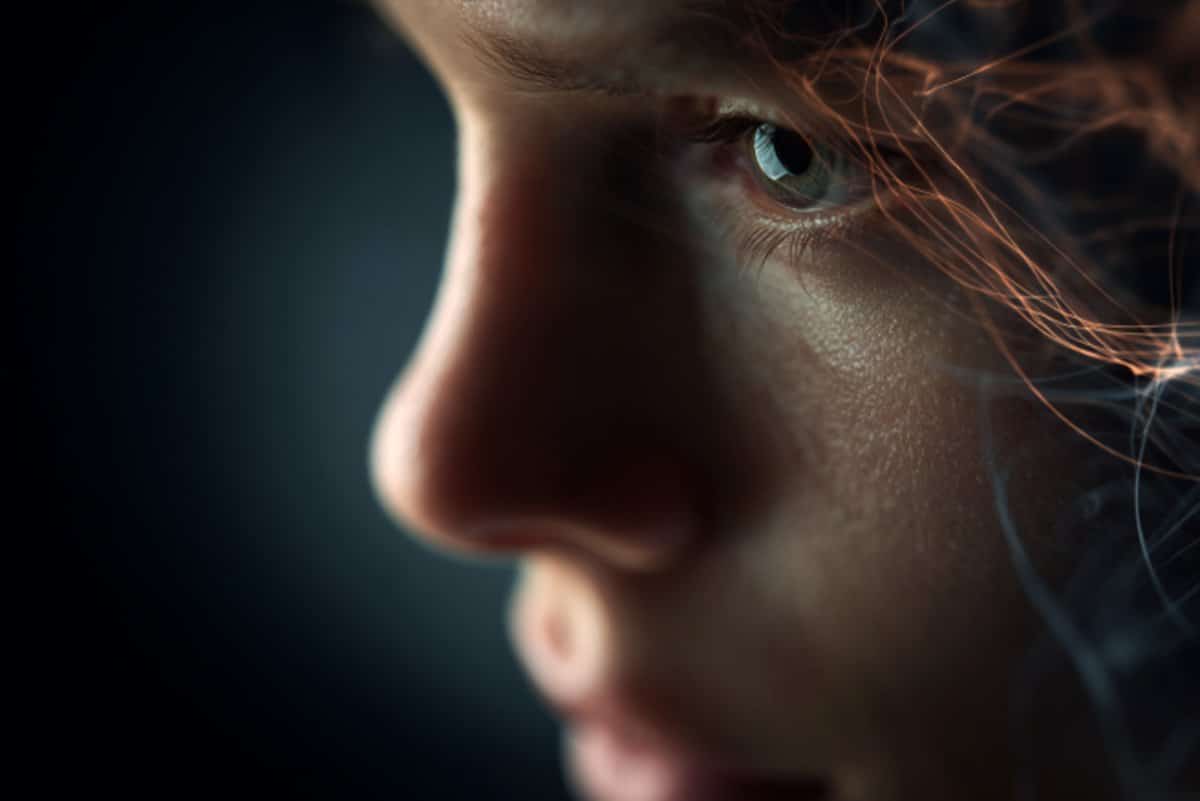Summary: A groundbreaking study shows that mice’s facial movements can reveal their problem-solving strategies, offering a non-invasive way to infer hidden thoughts. Researchers found that analyzing subtle facial cues was just as informative as tracking neural activity, suggesting that the mind leaves visible traces on the face.
The similarity of patterns across different mice indicates that these facial “thought signatures” may be stereotyped, much like emotions. While the discovery paves the way for new diagnostic and research tools, it also highlights the urgent need to protect mental privacy in an era of ubiquitous video recordings.
Key Facts
- Equal to Neurons: Facial movements matched brain recordings in decoding strategies.
- Shared Patterns: Similar facial signatures were found across multiple mice.
- Privacy Concerns: Results raise questions about protecting mental privacy in humans.
Source: Champalimaud Centre for the Unknown
It’s easy to read emotions on people’s faces – each one has its clear, unmistakable signature. But what about thoughts?
A study published in Nature Neuroscience shows that mice’s problem-solving strategies can be deciphered from subtle facial movements.

According to the authors, this is a proof of concept that the contents of the mind can be read out from video recordings, potentially offering powerful new research and diagnostic tools.
“To our surprise, we found that we can get as much information about what the mouse was ‘thinking’ as we could from recording the activity of dozens of neurons,” said author Zachary Mainen, a principal investigator at the Champalimaud Foundation in Portugal.
“Having such easy access to the hidden contents of the mind could provide an important boost to brain research. However, it also highlights a need to start thinking about regulations to protect our mental privacy.”
What do mice think about?
In a study published in 2023, the team had challenged mice with a puzzle in which they had to figure out which of two water spouts provided a sugary reward. Since the availability of the reward switched from one spout to the other, the mice had to develop strategies for deciding which spout to opt for.
“We knew that mice can solve this task using different strategies, and we could identify which strategy they were using according to their behaviour,” explained Fanny Cazettes, the first author and now a principal investigator at the Centre National de la Recherche Scientifique and Aix Marseille University.
“We expected that neurons in the mice’s brains would only reflect the strategy they used, but in fact all strategies were present simultaneously, regardless of which the mouse was using at the time.”
This discovery presented the team with a unique opportunity to link brain activity and facial movements. They asked: “Could all strategies simultaneously present in the brain also be detected in the face?”
The mirror of the mind
The team recorded the animals’ facial movements along with the activity of neurons in their brains and analysed these data using machine learning algorithms. The results were striking – the movements of the face were just as informative as populations of neurons.
Co-author Davide Reato, currently a research associate at Aix Marseille University and Mines Saint-Etienne highlighted that even though these results were remarkably robust, the similarity across mice was even more surprising.
“Similar facial patterns represented the same strategies across different mice. This suggests that the reflection of specific patterns of thought at the level of facial movement might be stereotyped, much like emotions.”
A new way of studying the brain
According to the authors, this study charts a path to studying the brain non-invasively, which could help us better understand brain function in health and disease. However, given the ubiquitous nature of video recordings in our society, they also highlight the need to consider how to protect people’s mental privacy.
“Our study shows that videos are not just records of behaviour – they can also provide a detailed window into brain activity. Even though this is exciting from a scientific perspective, it also raises questions about the need to safeguard our privacy,” concluded author Alfonso Renart, a principal investigator at the Champalimaud Foundation.
Key Questions Answered
A: Yes—researchers showed mice’s problem-solving strategies could be decoded from subtle facial expressions.
A: Facial movements were as informative as monitoring dozens of neurons directly.
A: It opens the door to non-invasive brain research but also raises concerns about mental privacy.
About this neuroscience research news
Author: Hedi Young
Source: Champalimaud Centre for the Unknown
Contact: Hedi Young – Champalimaud Centre for the Unknown
Image: The image is credited to Neuroscience News
Original Research: Closed access.
“Facial expressions in mice reveal latent cognitive variables and their neural correlates” by Zachary Mainen et al. Nature Neuroscience
Abstract
Facial expressions in mice reveal latent cognitive variables and their neural correlates
Brain activity controls adaptive behavior but also drives unintentional incidental movements.
Such movements could potentially be used to read out internal cognitive variables that are also neurally computed. Establishing this would require ruling out that incidental movements reflect cognition merely because they are coupled with task-related responses through the biomechanics of the body.
Here we addressed this issue in a foraging task for mice, where multiple decision variables are simultaneously encoded even if, at any given time, only one of them is used.
We found that characteristic features of the face simultaneously encode not only the currently used decision variables but also independent and unexpressed ones, and we show that these features partially originate from neural activity in the secondary motor cortex.
Our results suggest that facial movements reflect ongoing computations above and beyond those related to task demands and demonstrate the ability of noninvasive monitoring to expose otherwise latent cognitive states.
Source link

